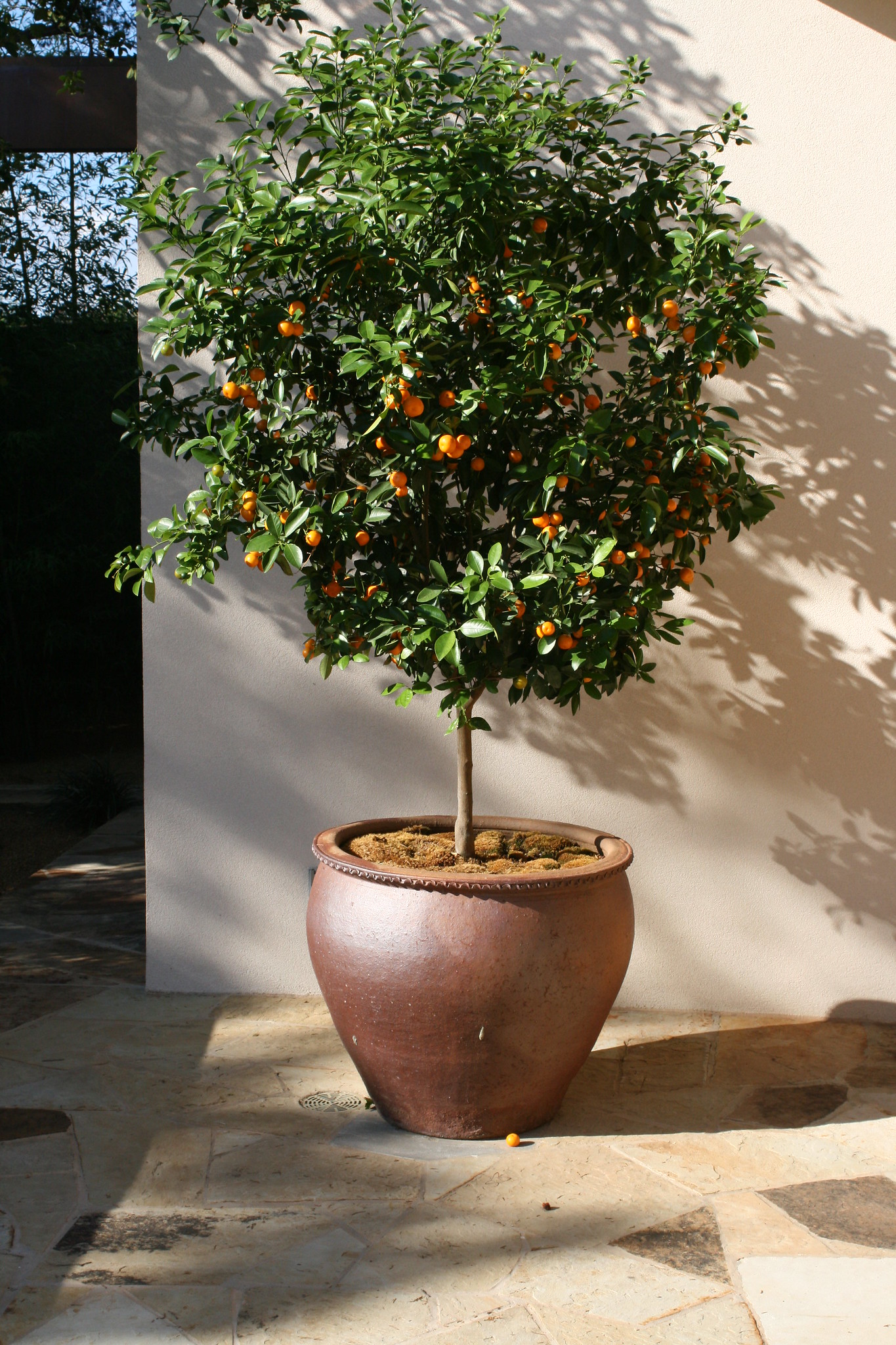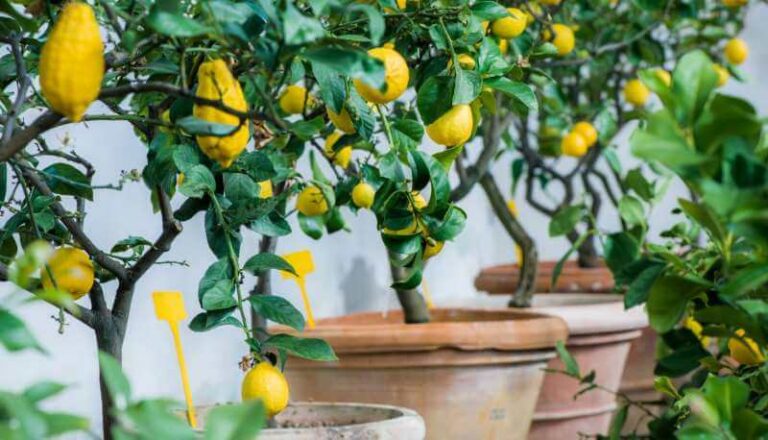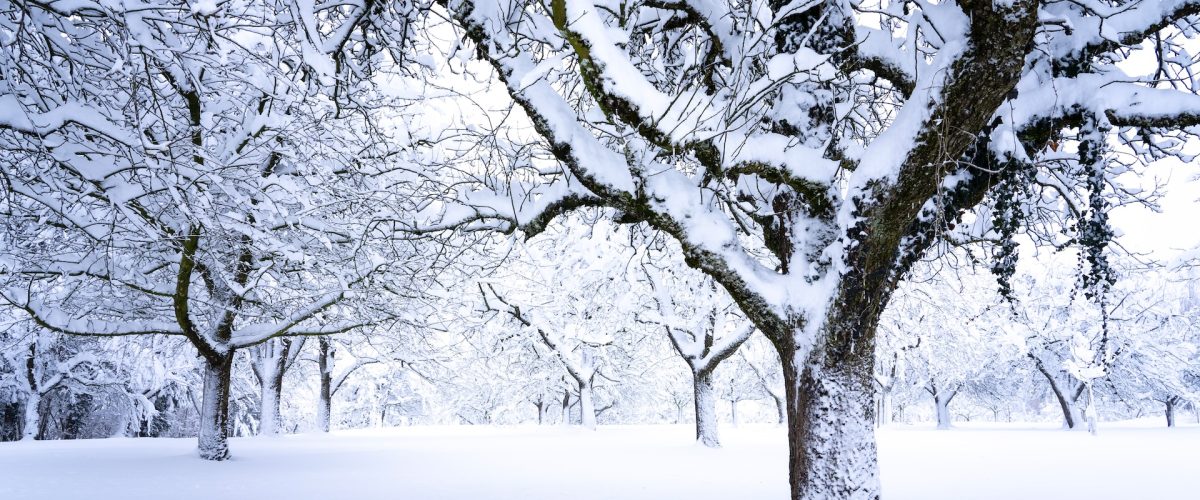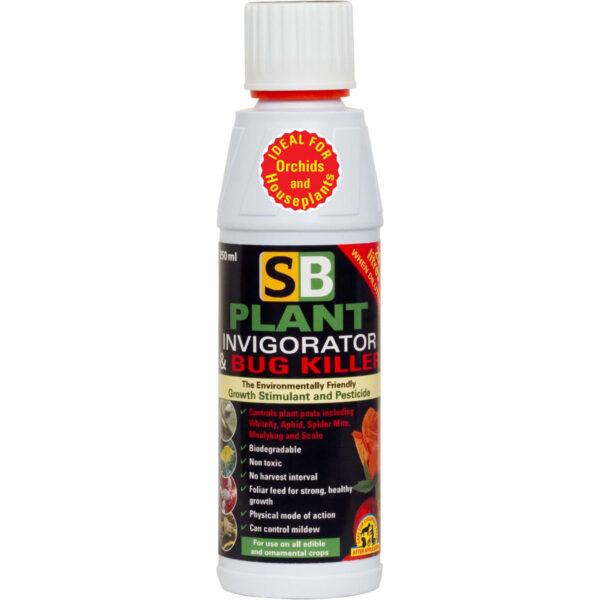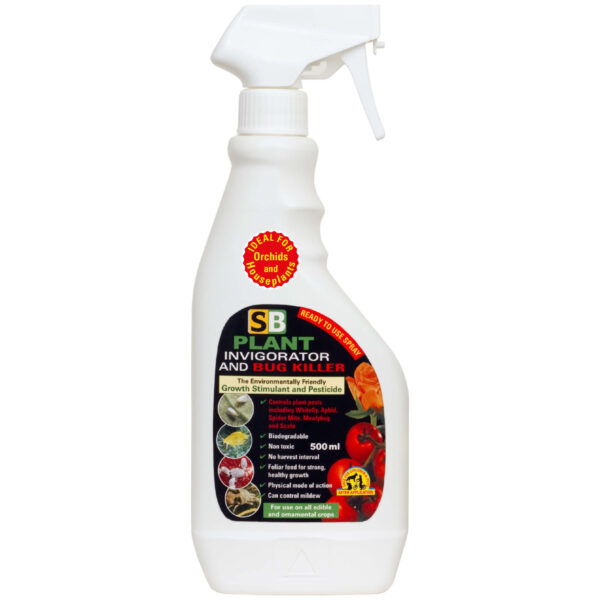A lemon tree is among the most sought-after trees in Denmark. This is perhaps because the wood gives the feeling of warmer climes.
The lemon tree does well in the bright, hot Danish summer. But when we get to the cold winter months, it can be difficult to maintain the lemon tree. If you don't pay attention when the winter months come, it can end up in the worst case scenario. It is therefore important to keep an eye on whether the tree gets the right amount of light, water, fertilizer and heat – also in winter.
Table of contents
ToggleHow to care for a lemon tree in winter?
Your citrus trees have some very special requirements for how they should be cared for best, for example the lemon tree needs a minimum temperature of 8 – 10 °C all year round (may vary slightly depending on exactly which citrus tree species you have). It can therefore be difficult to meet the lemon tree's need for light and heat in the winter, when these two things are limited.
However, there are different ways to keep the tree alive over the winter without it taking too much damage.
Wintering in the garden
It is generally not a good idea to overwinter a lemon tree in the garden in Denmark or other places with a cold winter climate. Lemon trees are tropical plants that thrive in warm and sunny conditions. In colder climates, frost and low temperatures can damage or even kill the tree.
However, some citrus trees can be overwintered in the garden if you have a warm place with shelter, but there is also a big risk that the tree will die during the cold months of winter. If you have no other alternatives, you should protect the tree with a "winter coat" and wrap the pot thoroughly in a blanket so that it does not freeze. Some hardy citrus trees can survive this way, but most will not survive this treatment.
When should I bring in my lemon tree?
Lemon trees typically cannot tolerate temperatures below 8°C. Depending on the weather, a citrus tree should be brought in at the end of September and can be put out again at the beginning of May when the night-time temperature does not fall below 8°C.
Wintering at a nursery
There are options to have your lemon tree looked after during the winter months at a local nursery - dis a good solution, but it is also troublesome and can easily become very expensive (Prices start from DKK 800/tree), in addition to transport, which with a freight forwarder can easily add up to just as much. It's also sad that you won't be able to enjoy your beautiful lemon tree, its lovely scent and the possibility to use the fruits at home during that period, too bad!
But fortunately there are alternatives with storage at home if you make some preparations and take care of the tree throughout the winter.
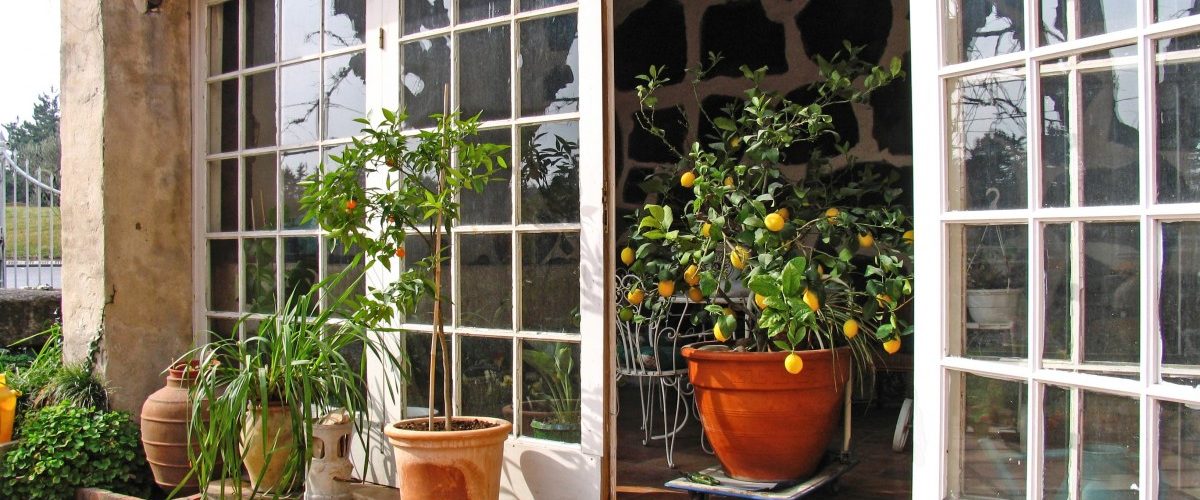
Wintering in the greenhouse, conservatory or orangery
It is possible to overwinter in the greenhouse, especially if you acquire a lining for heat that ensures against temperatures below 5°C, and at the same time you make some kind of extra insulation with e.g. bubble wrap inside. The biggest problem is the humidity causes fungi to thrive, so a fan is important to move the air, as well as regular ventilation.
The alternative is if you have a frost-free conservatory or orangery, then you must make sure to keep an eye on water and pests, as well as light.
- click here, to read more about which plant light to choose for your greenhouse.
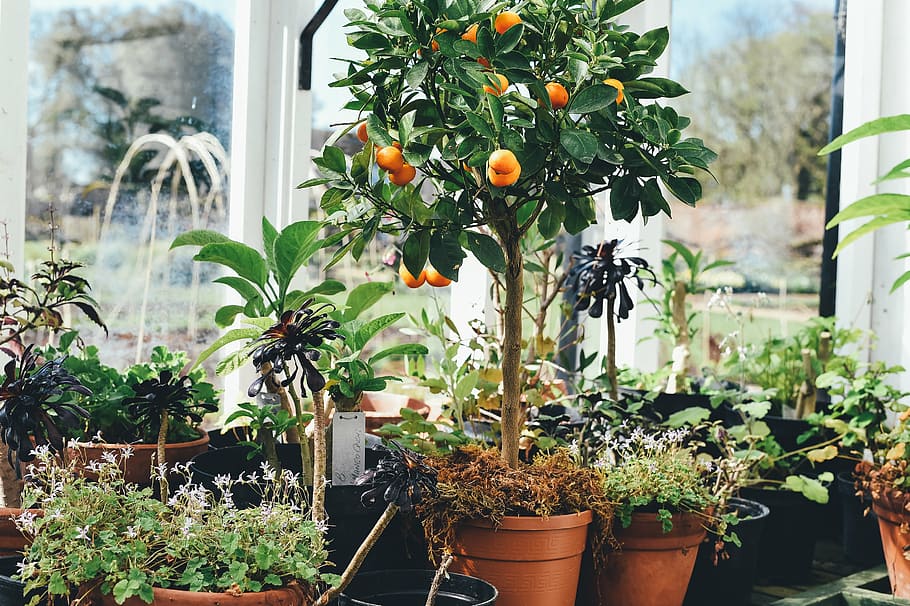
Caring for lemon trees indoors in winter
Bringing the lemon tree into the house in winter comes with its own challenges!
| Checklist for Wintering Citrus Trees | |
|---|---|
| Location | Cool place, monitor the temperature with a thermometer |
| Lighting | Provide a good supplemental light, preferably a white full-spectrum lamp |
| Humidity | Mist and spray regularly |
| Pest control | Ongoing pest prevention & control |
| Irrigation | Be careful with the water. Use a soil moisture meter |
| Fertiliser | Regular fertilizer at 1/3 strength. Liquid citrus fertilizer is recommended |
Cold room: A lemon tree can be overwintered indoors in a cold room, especially if you can keep the temperature between 8-12°C. Remember to keep the soil moist, shower regularly, and provide lots of artificial growth light throughout the winter (Not enough light comes through a window in the winter).
Lemon tree in the living room: Here we are in the most difficult class of wintering, as apart from the right temperature for growth, the living room does not offer much else good for citrus trees, but it can be done with the following advice:
- Air humidity: Citrus trees originate from areas with high humidity, and therefore thrive best in moist air with even air circulation. The humidity should ideally be above 50%, which can be very difficult in a heated living room. You can therefore use a humidifier, water atomizer or place a bowl of water near the plant to increase the humidity. A really good idea is to give it a regular shower.
- Irrigation: Here it is important to keep the soil moist, but not too wet, otherwise the roots will rot. Preferably use lime-free water, either boiled or collected rainwater, as tap water contains too much lime, which is harmful to the plant. It is a great advantage to acquire a good one soil moisture meter so you can monitor the plant continuously.
- Fertilizer: How much fertilizer you need to use through the winter depends a lot on the temperature you keep the tree under. But the warmer the tree is and the more water you use, the more citrus fertilizer it needs. But start with 1/3 of the recommended amount, and if the ends of the leaves turn light green, add more fertiliser, I recommend that you use it together with SB Plant Invigorator RTU spray, which also contains a little fertiliser.
- Pests: A lemon tree will attract pests, especially if it's indoors, so ongoing prevention is essential! Some of the most common pests are: aphids, scale insects, spider mites, as well as citrus miner flies and thrips. Once infested, pests can be controlled with insecticidal soaps and oil-based sprays. But prevention is always the best solution, and here I recommend that you regularly spray with SB Plant Invigorator RTU spray. It fights pests in a mechanical and non-toxic way (fruit can be eaten immediately), and it supplies the plant with a light fertilizer directly on the leaves and trunk of the tree - fast-acting!
-
SB Plant Invigorator concentrate
- kr. 245,00
- Add to basket
Item no.: 28156 -
SB Plant Invigorator RTU spray
- kr. 247,00
- Add to basket
Item no.: 28157
- Light: Plants live on light for their photosynthesis, without light the plant dies, or at best loses all its leaves.
A widespread misconception is that citrus trees do not need light when they overwinter - "they are dormant after all". But even at a temperature of around 8-10ºC they must have min 40-50% of this full daylight strength in order not to lose the leaves!
If a citrus tree has lost all its leaves, it will typically not set fruit in the following season, as it must use all its energy to restore its lost growth.
Therefore, the recommendation after many years of experience is to provide enough light for your plants so that they can produce lovely fruits for you...
Grow lights are your salvation in winter
Since light is a decisive factor for your plants to carry out photosynthesis, and thus to survive through the winter, it is crucial that you familiarize yourself with the possibilities in order to be able to make a - for the plant - good choice.
A few of the most frequently asked questions are;
- How much light should my lemon tree have?
- Which lamp should I choose?
The answer is not entirely straightforward, as it depends on several factors:
- How big is your tree
- Does it receive other light?
- What temperature do you store it at?
Since we in Denmark have a limited amount of light and heat during the winter period, it is close to impossible to maintain the tree by exclusively placing it close to a window (A large south-facing window can get close). Therefore, with a growth lamp, you can make sure that the tree gets exactly the right amount of light - also in winter, smart, right?
A good full spectrum grow light can ensure that the lemon tree gets the right amount of light all year round. The range of grow lights includes both water-resistant and waterproof types. Water-resistant grow lights can be an advantage in many situations, especially if you are going to splash water on the lamp while watering the citrus tree.
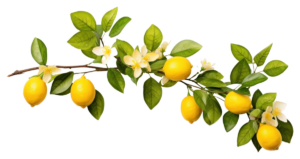
How much light should my citrus tree have?
The scientific answer is that a citrus tree/lemon tree must have:
- DLI: 20-28 mol/m²/d (Light quantity)
- PPFD: 300-600 µmol/m²/s (Brightness)
to maintain normal growth… (Read more about DLI here and PPFD here)
In addition, it is recommended that a citrus tree gets min. 7 hours of full sun (Sunlight = 2300 μmoth/m²/sec.) per day to perform at its best. (When growing in a greenhouse/conservatory, a citrus tree normally gets 1100μmoth/m²/sec.).
Wintering in a cool room or conservatory
The light requirement for storage in a cold room, the conservatory or the garage/shed, as the temperature in these places is usually much lower than in the living room of the house.
When we look at wintering at low temperatures, we know from scientific measurements and experiments[1], that a citrus tree needs min. 40-50% of full brightness at 8-10ºC to survive through the dark Danish winter, that corresponds to approx. DLI: 12 μmol/m²/day (However, can easily tolerate more).
Calculation of grow light for wintering
If we start from an area of 1m², and one 200 Watt grolys lamp, as we hang the lamp 1 m above the tree, there will be PPFD: 190 μmol/m²/sec. right under the lamp.
To do the calculation we have the following:
- Citrus needs +DLI: 12
- The lamp gives PPFD: 190
- Insert numbers into our DLI calculator here
- Number of hours the lamp must be on: 17.54 Hours/day
Converted to LUX:
- If you choose a full spectrum lamp that gives 190 μmol/m²/sec., you can use the set-up factor of 0.0185. Then it appears that a brightness of 10,200 Lux for 17 hours/day
Calculation of larger area of grow light:
If we start from an area of 4m², and one 400 Watt grolys lamp, as we hang the lamp 120 cm above the floor, there will be PPFD: 370 μmol/m²/sec. right under the lamp. And an efficiently lit area with PPFD+280.
To do the calculation we have the following:
- Citrus needs +DLI: 12
- The lamp gives PPFD: 280
- Insert numbers into our DLI calculator here
- Number of hours the lamp must be on: 11.90 hours/day
Can a smaller lamp do it?
If you do not have that amount of light available, you can store the plant at an even lower temperature, e.g. 5-8°C and with around 5,000-10,000 Lux min. 12-16 hours/day, corresponding to my 100 μmol/m²/sec. But it is not a very optimal solution...

How many hours should the light be on?
Citrus trees should have min. 6 hours of full sun every day to thrive. If your tree receives less than that, it is recommended to provide artificial green light and/or a lower temperature. In order to survive a winter in Denmark (the plant will not thrive, only survive in a form of dormancy), a plant lamp of e.g. 40 Watt should be on for at least 12 hours at a distance of 30-40cm.
Why is my lemon tree losing its leaves?
You may experience that the lemon tree loses its leaves, even though the tree looks healthy and vigorous. This is due to a phenomena that is called “hot head, cold feet” which occurs when the tree is stressed. It can, for example, occur when the room temperature is 21°C, which makes the leaves look healthy and vigorous. But if the temperature on the floor is 3-6°C colder than the room temperature itself, i.e. a floor temperature of around 15-18 °C, which often happens, can cause the roots to become stressed.
When the roots become stressed it can ultimately result in the tree losing its leaves. A good way to prevent this is by using a heating mat/heating plate. By placing the tree on the heating mat, the roots of the tree will be heated. Thus, you can counteract the phenomenon “hot head, cold feet”.
Another very common reason is a lack of light during winter storage indoors (Fortunately easy to remedy with grow lights).
Winter tolerant citrus trees
A new exotic trend is making its way into Danish gardens: hardy citrus trees. Now you no longer have to travel to the South to pick fresh citrus fruit straight from the tree in your own garden. It has already been the new exotic fashion in many places in Northern Europe for some years. But the fact that it is possible to have citrus in the garden has not so much to do with global warming, although the milder winters (with the exception of the recent one) certainly also play a role.
Frost-resistant citrus plants
- Poncirus trifoliata (Dwarf lemon): This robust plant can withstand frost down to 20 degrees. Although its fruits look like small oranges, they are almost inedible.
- Citrus glauca: Another frost-resistant variety.
- Kumqat (Fortunella margarita and Fortunella japonica): These varieties can tolerate down to minus 12 degrees.
- Citrus ichangensis: This variety can also withstand temperatures down to minus 12 degrees.
- Citrus reticulata: Known for being able to withstand temperatures down to minus 14 degrees.
In the Danish climate, however, one cannot be completely sure of a good fruit harvest. But the exotic citrus trees can also be enjoyed simply for their beautiful growth. For example, put them together in an exotic bed in a warm corner of the garden, and they will show off something and really come into their own.
In winter, you can easily protect against frost with garden fleece or other materials that allow the exotic citrus plants to breathe (Only applies to frost-tolerant species!).
FAQ - Frequently asked questions about lemon trees
Lemon trees require even and regular watering to thrive optimally. Remember to use lime-free water to avoid damaging the plant's growth. Monitoring the soil moisture level is important – it is essential to avoid the soil becoming too dry, but at the same time you must be careful not to flood the plant, as this can cause root rot. During the cooler winter months when the tree goes dormant, it will need less water. Be sure to add only enough water to prevent the soil from drying out completely.
Lemon trees require even and regular watering to thrive optimally. Remember to use lime-free water to avoid damaging the plant's growth. Monitoring the soil moisture level is important – it is essential to avoid the soil becoming too dry, but at the same time you must be careful not to flood the plant, as this can cause root rot. During the cooler winter months when the tree goes dormant, it will need less water. Be sure to add only enough water to prevent the soil from drying out completely.
It is natural for a healthy citrus plant to change leaves, but if the plant loses many leaves, it can be due to various conditions such as over- or under-watering, lack of fertilizer, or extreme temperatures and humidity levels. Citrus trees can be a bit demanding and are particularly susceptible to pests such as spider mites and mealybugs.
Overwintering
During wintering indoors, leaf loss can be caused by factors such as insufficient light (often the cause), temperatures outside the ideal range of 8-12 degrees, improper watering or humidity, or a combination of these. Adapting the plant to new conditions, for example by opening doors and windows, can be helpful.
A large loss of leaves can be problematic, as in the spring the plant must use energy to form new leaves, which occurs at the expense of flower and fruit formation.
A lemon tree can be in the living room, but place it by a sunny window to ensure 6-8 hours of sunlight daily, or supplement with strong artificial plant light. To increase the humidity that lemon trees prefer, you should spray it with water regularly.
Water the tree when the top centimeters of soil are dry, and fertilize it regularly with a good fertilizer. With proper care, your lemon tree can thrive and even bear fruit indoors.
Remember to check the tree regularly for pests such as spider mites and woolly lice, which can quickly kill most plants.
Lemon trees thrive best outdoors from May-June. The trees do not tolerate temperatures below 8°C, so check the weather forecast for night temperatures above 8°C.
The transition to outdoor conditions requires an adaptation period for the lemon tree. When all danger of frost is over around May-June, the tree can be moved outside. The change in temperature and the stronger lighting can be demanding for the plant. Therefore, start by placing the tree in the shade at the beginning and cover it with a fiber cloth at night.
After the adaptation period, the lemon tree should be placed in a warm place in the sun, but without too much wind. It is not ideal to place it in a greenhouse or conservatory during the summer months as it can be difficult to control the temperature and humidity there. This can increase the risk of attack by fungi and pests.
There can be several reasons why your lemon tree is not blooming. Here are some of the most common:
Insufficient light: Lemon trees need lots of sunlight to bloom - at least 6-8 hours a day. If your tree is not getting enough light, this may be the reason why it is not blooming. Remember that your tree must also have enough light over the winter, otherwise it will first have to spend energy restoring its leaves before it sets flowers.
Improper watering: Lemon trees need regular but not excessive watering. If the soil is either too dry or too wet, it can prevent flowering.
Lack of nutrients: Lemon trees need a variety of nutrients in order to flourish. If the soil lacks necessary nutrients or if you don't fertilize the tree regularly, it can prevent flowering.
Unsuitable temperature: Lemon trees need a stable temperature between 16 and 27 degrees Celsius to flourish. Temperatures outside this range may prevent flowering.
Age of the tree: Young lemon trees can take several years to begin flowering. If your tree is quite young, this may be why it is not blooming yet.
If you take these factors into account, your lemon tree should start to bloom.
No, a good conventional green plant fertilizer is usually sufficient for most citrus trees.
If the tree gets light green or yellow leaves, it is often a sign that it lacks nitrogen, it can also be a lack of iron or magnesium.
The yellow leaves can also be a sign of insects and diseases. Inspect the leaves for signs of pest infestation or other disease.
We recommend that you add liquid fertilizer to the water every time you water. A good choice can be Part A&B from BiG Plant Science together with rainwater, if you do not have rainwater, a little more fertilizer must be added to the water.
Always follow the dosing instructions on the fertilizer product.
Lemon trees require regular but not excessive watering. In general, you should water your lemon tree when the top 2-3 centimeters of soil feels dry. It is important to ensure that your plant has good drainage to prevent the roots from rotting.
How much water your lemon tree needs can vary according to the size of the tree, how much light it gets, the temperature and humidity in the room, as well as the season.
During the spring and summer growing season, your lemon tree will need more water, while during the winter months when it goes dormant, it will require less. However, the soil must never be completely dry, not even in winter.
Remember that watering is only part of the care. Lemon trees also require plenty of light, an appropriate temperature and regular fertilization to thrive.
Although pruning is not strictly necessary for the health of your lemon tree, it can be a good practice to maintain a neat and attractive crown. If you choose to prune, it is best to do this during the summer months, especially June and July.
Focus on removing branches that grow into the tree's crown, as these can limit air circulation and light penetration, which can stunt the tree's growth and productivity. It is also important to remove any withered or dead branches to prevent the possible spread of diseases and pests.
Despite the robustness of the lemon tree, it is not particularly tolerant of severe pruning. So while pruning it is important to be careful and avoid removing too much of the tree's total mass at once. Try to limit pruning to no more than 20-25% of the tree's total volume per year.
Lemon trees need a special soil mixture known as citrus or Mediterranean soil. This is due to the tree's sensitive and fine root system, which requires a light, porous soil to thrive.
You can make such a "citrus soil" yourself by mixing 25% coconut soil, 25% topsoil, and 50% sand & gravel mixture (do not use beach sand).
To ensure proper drainage, it is recommended to put a layer of Leca balls or pot shards at the bottom of the pot.
Links, references
Help for overwintering citrus trees
If you are in doubt about which lamp or fertilizer, etc. you have to choose for your citrus trees, you are welcome to contact us for advice and guidance here
